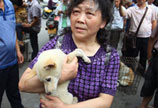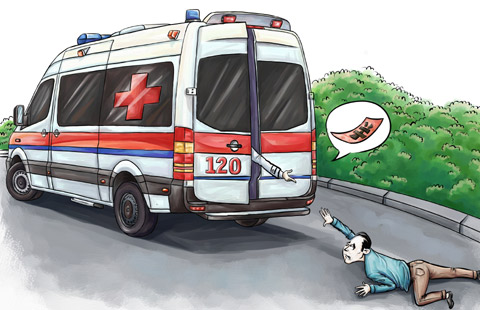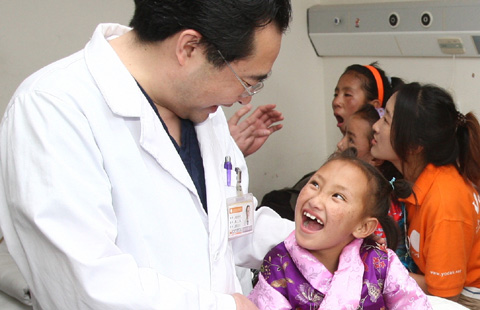Some lab animals get reprieve from testing
By Xu Wei (China Daily) Updated: 2014-06-05 07:23"However, the biggest advantage lies in the fact that the cells used are developed to resemble human skin, and thus can give more accurate projections," he said.
Popularization
According to experts, the promotion of alternative testing methods in China will require the involvement of scientists, because many domestic laboratories and testing institutes are still unable to fully comprehend the strengths of in vitro methods and the benefits the companies would enjoy.
"Many experts still have no knowledge about alternative methods, or whether they are easy to conduct or not. The promotion of these methods must start with the popularization of the science involved," said L'Oreal's Cai.
Cheng said that only national-level legislation would fully motivate scientists to learn about alternative methods: "Currently, there is no law requiring the mandatory use of in vitro methods, but the development of the industry will need legislation."
Meanwhile, the popularization of 3R concepts - replacing and reducing the number of animals used in experiments, and refining the procedures to make them less harmful - continues to lag behind Western countries, many of which have adopted the concepts through legislation.
"There is a need for a national coordination mechanism to popularize alternative testing methods," Cheng said.
Cheng's department is China's leading research and test institute for the use of alternative testing methods within the cosmetics industry. It has hosted two workshops related to alternative testing procedures, and is attracting growing interest from manufacturers and test institutes.
Kang Hua, a researcher from the Zhejiang Institute for Food and Drug Control, said the institute has sent researchers to the US to be trained in the use of in vitro methods, and has also purchased the necessary equipment and built the facilities required for their implementation.
However, despite this recognition of the need to keep abreast of technological changes, the institute still faces a number of problems, she said.
"The source of tissue is a problem. For instance, one of the in vitro test methods requires the use of bovine corneas, but in certain places, Zhejiang province for instance, it's difficult to find fresh bovine corneas."
For Kang, though, the biggest obstacle to the promotion of alternative testing procedures lies in the lack of national coordination: "In China, in vitro methods are regarded as a form of research, and that means there are no compulsory regulations to oversee their use. Things won't change until legislation is enacted," she said.
Contact the author at: xuwei@chinadaily.com.cn
- Mediators can end labor wrangles
- 6 students punished for cheating
- Top political adviser urges Japan to tackle tension
- Auditors uncover good, bad and ugly in govt spending
- Netizens sound off about officials' neglect of duty
- Hospital attack leaves one dead, another injured
- Revision to law targets makers of baby formula
- Premier Li's charisma wins
over British press - Cities along grand canal eye
new preservation - Guinness record for plank set in Beijing







